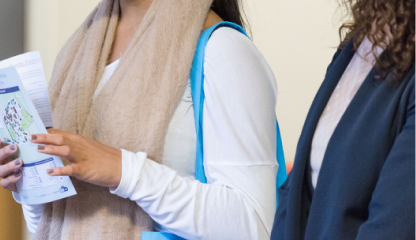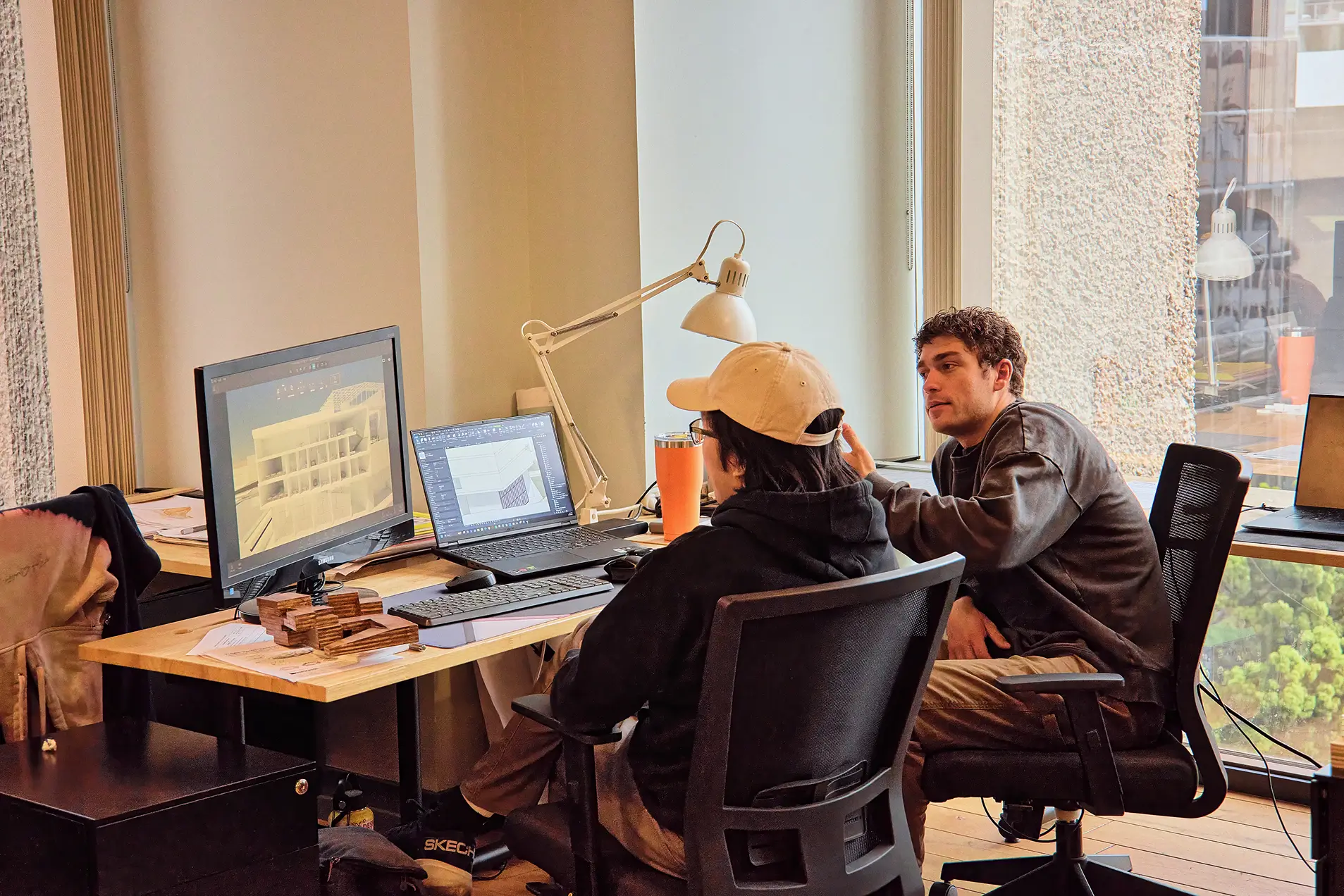- To be considered for enrollment into the architecture and design programs that require a portfolio.
- To be considered for advanced placement. Students seeking to transfer credits for advanced placement are required to submit a portfolio for review.
- To appeal your application. Students not meeting the minimum GPA requirement (Undergraduate: 2.5, Graduate: 2.7) may submit a portfolio as part of the appeal process.
-
-
- About
-
-
Get In Touch
If you are interested in learning more about enrolling at NewSchool, please contact us.
contact us
-
- Academics
- Admissions
-
-
Get In Touch
If you are interested in learning more about enrolling at NewSchool, please contact us.
contact us
-
- Student Services
-
-
Get In Touch
If you are interested in learning more about enrolling at NewSchool, please contact us.
contact us
-
- Campus Life
-
-
Get In Touch
If you are interested in learning more about enrolling at NewSchool, please contact us.
contact us
-
- Alumni
-
-
Get In Touch
If you are interested in learning more about enrolling at NewSchool, please contact us.
contact us
-
-
-
-
-
-
 619-684-8800
619-684-8800
-

NewSchool of Architecture & Design
600 B Street, STE 600-800
San Diego, CA 92101
NewSchool of Architecture & Design
-
-
-

- About
- Academics
- Architecture
- Construction Management
- Design
- Integrative Studies
- Catalog and Calendar
- Assesment
At NewSchool, learning is accessible to individuals of all learning styles and stages of life. Read more
- Architecture
- Admissions
- Student Services
- Campus Life
- Meet Our Alumni
- contact us






 619-684-8800
619-684-8800
